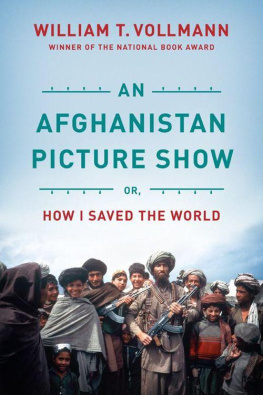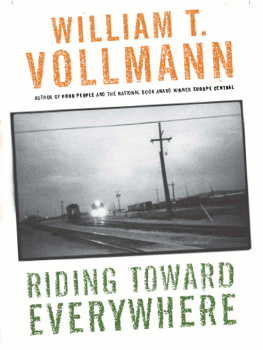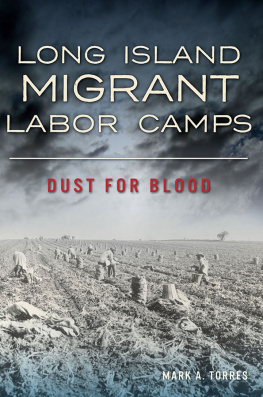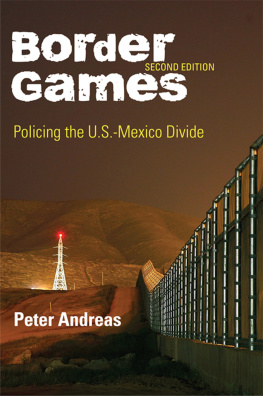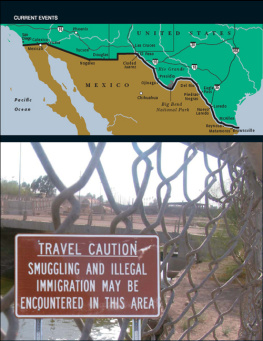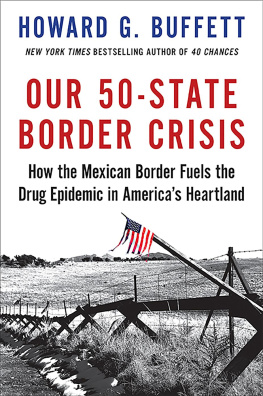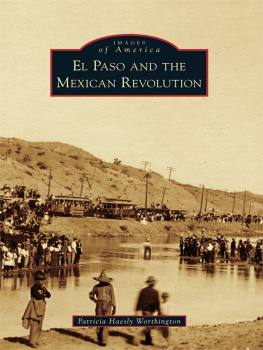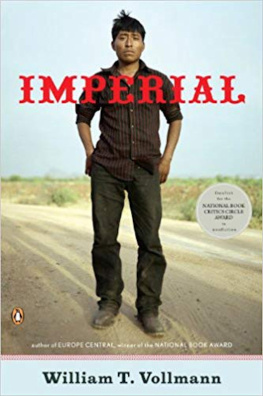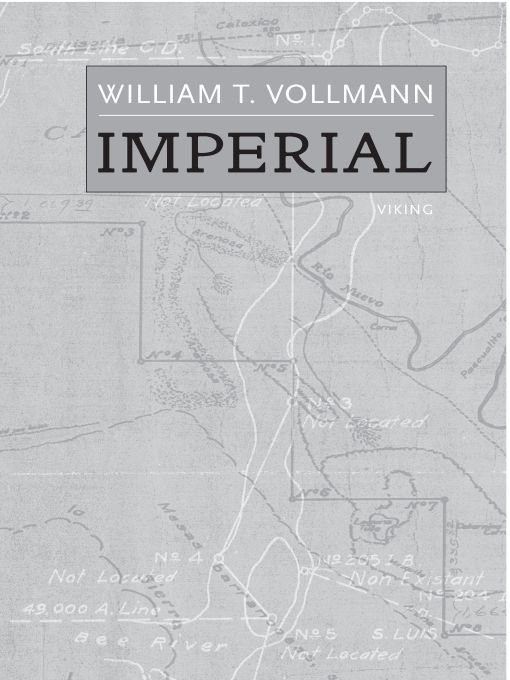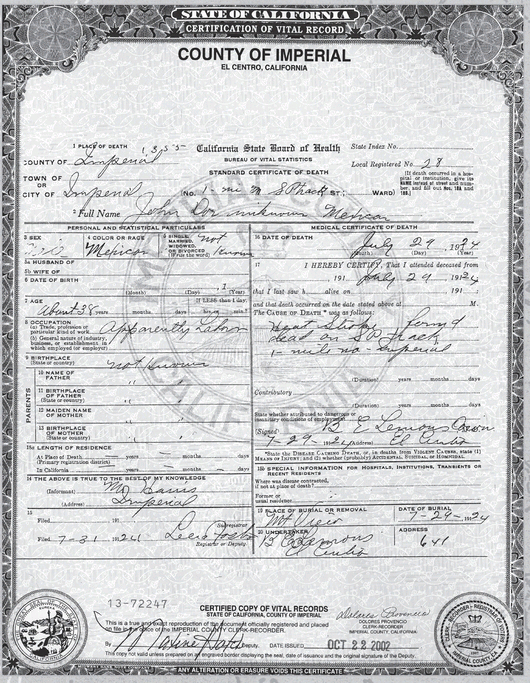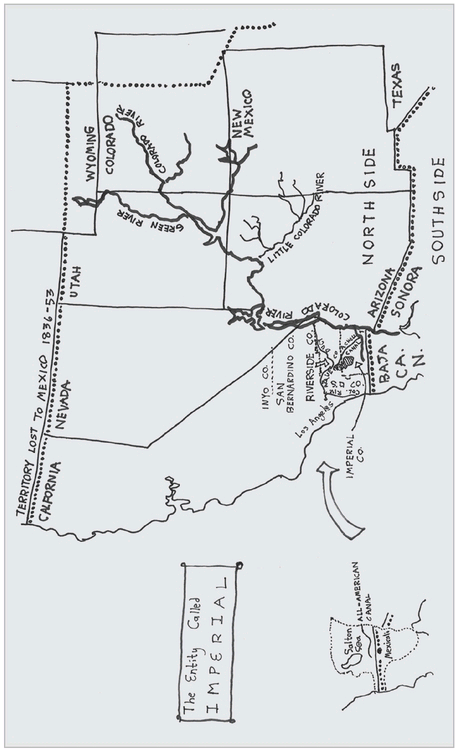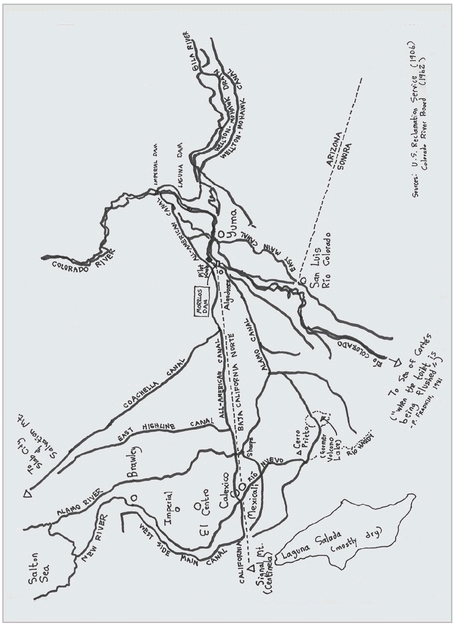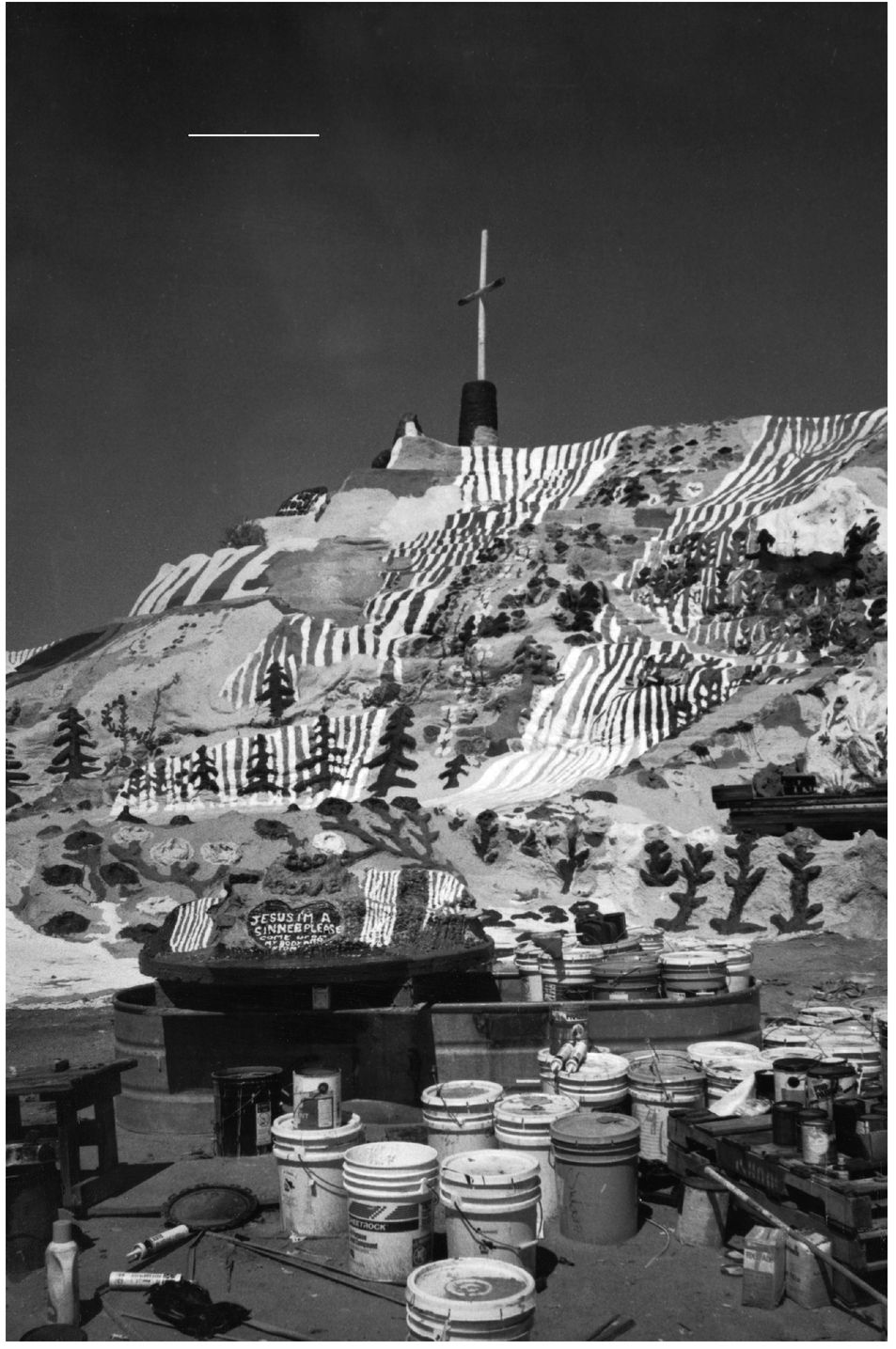Table of Contents
ALSO BY WILLIAM T. VOLLMANN
You Bright and Risen Angels (1987)
The Rainbow Stories (1989)
The Ice-Shirt (1990)
Whores for Gloria (1991)
Thirteen Stories and Thirteen Epitaphs (1991)
An Afghanistan Picture Show (1992)
Fathers and Crows (1992)
Butterfly Stories (1993)
The Rifles (1994)
The Atlas (1996)
The Royal Family (2000)
Argall (2001)
Rising Up and Rising Down:
Some Thoughts on Violence, Freedom, and Urgent Means (2003)
Europe Central (2005)
Uncentering the Earth:
Copernicus and the Revolutions of the Heavenly Spheres (2006)
Poor People (2007)
Riding Toward Everywhere (2008)
As long as a farmer has an abundance of water, he almost invariably yields to the temptation to use it freely, even though he gets no increased returns as a result.
Yearbook of the United States Department of Agriculture, 1909
In memory of
SERAFN RAMREZ HERNNDEZ
unknown, missing, illegal,
Mexican
The Entity Called Imperial
Closeup of Imperial
Persons and Places in Imperial
Rivers and Canals in Imperial
BRIEF GLOSSARY
The following terms are of considerable importance in what follows. Readers unfamiliar with Mexico or the Spanish language may not know them, as when beginning my research I certainly did not. Although they get defined in situ, they might as well be given all together here.
Acre-footThe amount of water needed to cover an acre one foot deep. One acre-foot = 1,233.5 cubic meters = 326,000 gallons.
CampesinoLiterally, country person. Now a term used, with varying degrees of vagueness, to describe all tillers of the soil in Mexico. (Field workers employed in the United States are often excluded.) This encomium of commonality might have been first used by Catholic reformers shortly after the Mexican Revolution (1911). Before that, hacienda day laborers, indigenous inhabitants of pueblos, small-scale landowners, sharecroppers and former possessors of land reduced to vagabondage could well have seen one another simply as other. The word quickly established a connotation of leftist militancy not much to the taste of the Catholic Church.
ColoniaSettlements of a less corporate character than ejidos. The residents can buy and own parcels, and sell them.
CoyoteSee pollo.
EjidoCommunal inalienable holdings, either from pre-Conquest times or else carved out of other lands by the Mexican Revolution.
Field workerSomebody, in our context usually a Mexican, who labors in the fields of others, usually Americans. The words campesinos and field workers are often interchanged when speaking of the brownskinned people one sees stooping and sweating in the Imperial Valley. Acccording to the bargirl Emily at the Thirteen Negro dance hall in Mexicali, which is patronized by both groups, campesinos stay in Mexico, while field workers cross the line and do about fifty dollars a month better.
FraccinA newer colonia.
GolondrinaLiterally, a swallow (the bird, not what the throat does). Also, Southside slang for a fly-by-night maquiladora which shuts down without paying its workers.
GuaA nice name for a coyote.
HaciendaA plantation farm. Famous for gobbling up ejido lands. Very powerful under the Daz regime. The Revolution of 1911 began to break up the haciendas.
HectareGenerally employed in Southside in place of the acre. One hectare = 2.47 acres.
MaquiladoraA foreign-owned factory in Mexico, usually somewhere near the border. Pronounced with a single l, not a double, which would make it sound like something to do with makeup.
NorthsideThe United States.
PolloSomeone who tries to cross the border illegally. Often guided by someone who is derogatorily referred to as a coyote.(A.k.a. pollista or pollero.)
PuebloA long-standing communal holding (often a village or town). Less formal a designation than ejido, and less tied to specifically agricultural land.
RanchoA small private landholding. The owners were rancheros. Sometimes they allied themselves with the campesinos; occasionally, with the hacienda owners.
SoloA person who attempts to cross the border illegally and alone.
SouthsideMexico. (Northside and Southside are employed mostly by the Border Patrol. I have appropriated them for my own purposes.)
PART ONE
INTRODUCTIONS
Chapter 1
THE GARDENS OF PARADISE (1999)
I think we all feel sorry for em.
Border Patrol Officer Gloria I. Chavez, on the subject of illegal aliens
BODY-SNATCHERS
The All-American Canal was now dark black with phosphorescent streaks where the borders eyes stained it with yellow tears.These lights have been up for about two years, Officer Dan Murray said. Before that, it was generators. Before that, it was pitch black.
He was an older man, getting big in the waist, whose face had been hardened by knowledge into something legendary. For years hed played his part in the work first begun by Edens angel with the flaming sword, the methodical patrols and prowls to keep the have-not millions out of paradisewhich in this case was Imperial County, California, whose fields of blondeness, of endless pallid asparagus, onion plants like great lollipops and honey-colored hay bales produced the lowest median tax income of any county in the state. Zone El Centro, named after the county seat, comprised Sectors 210 to 226, of which Sectors 217 to 223 happened to be Murrays responsibility. He kept the key to the armory, whose rows of M4 shotguns awaited a mass assault from Southside which never came. He knew how to deploy the stinger spikes, the rows of accordion-like grids like a row of caltrops: Pull a string and they opened up to puncture a tire. One car actually drove twelve desperate miles on four flat tires until it was wrecked beyond any conceivable utility to its confiscators.




